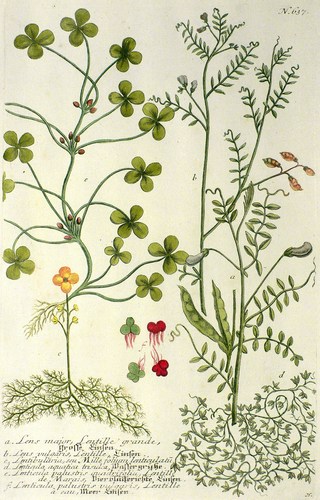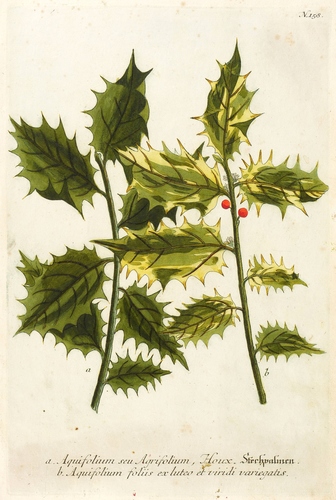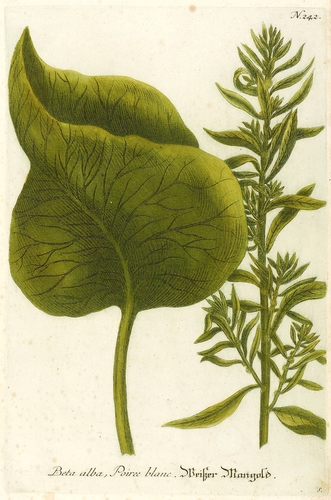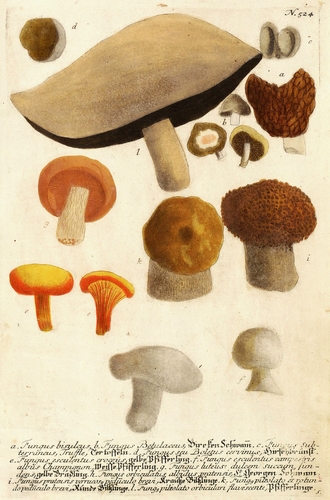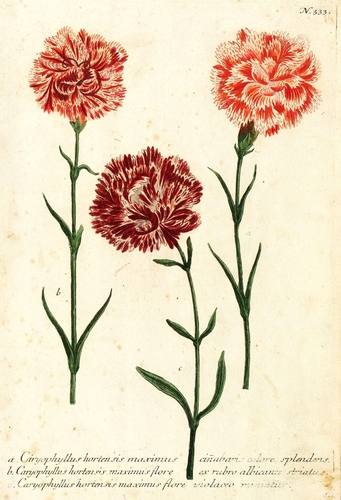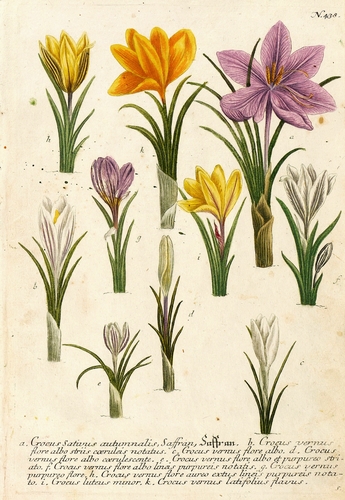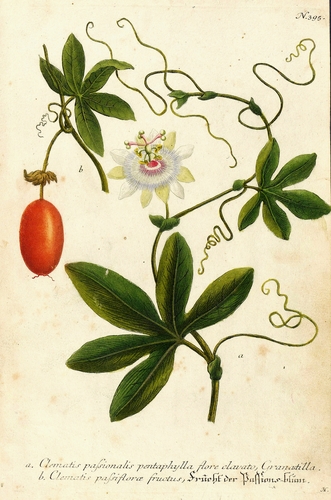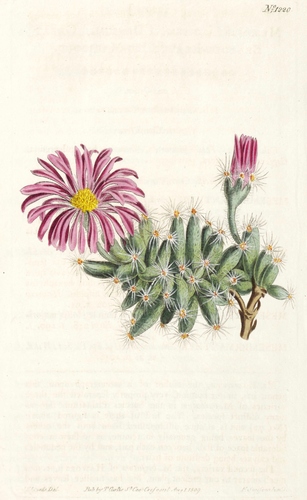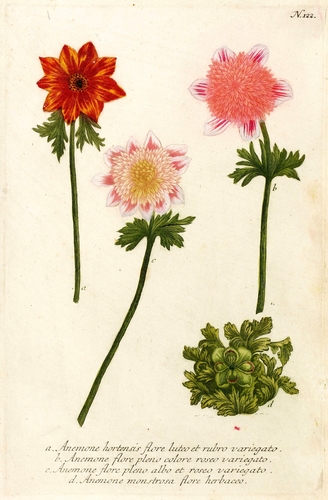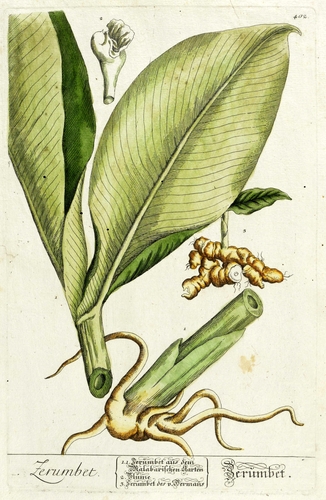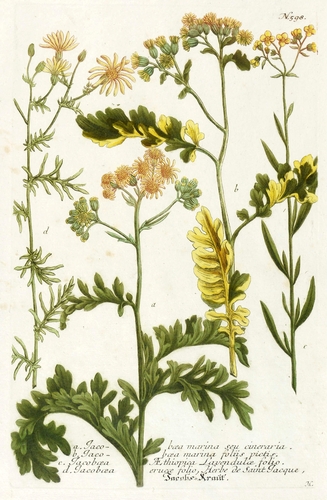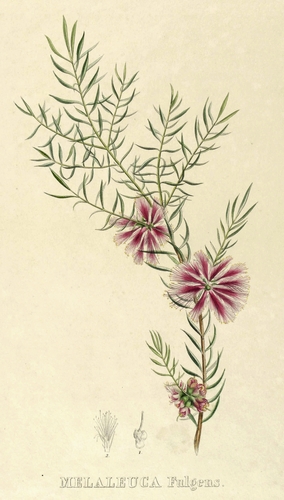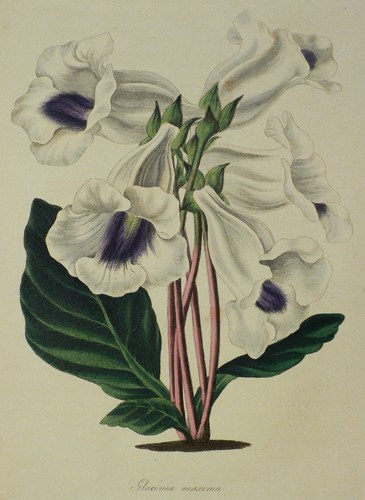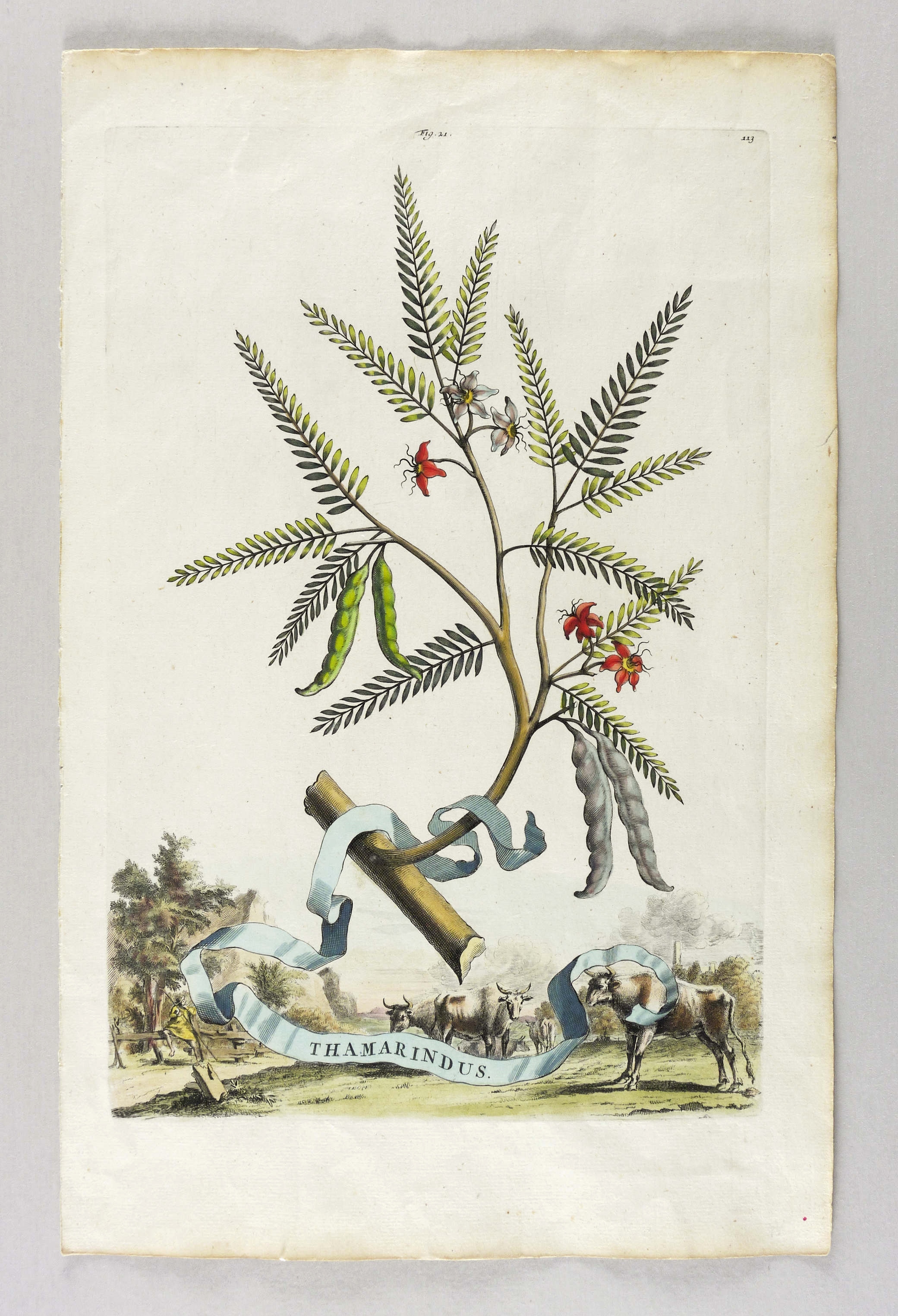
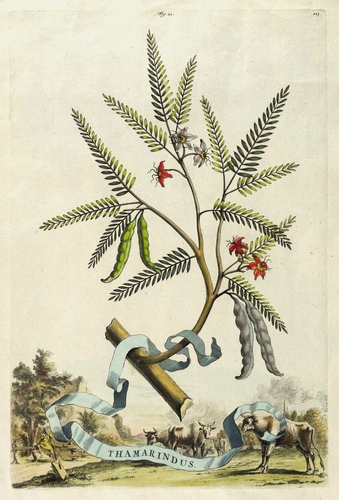

Gehölze. – Tamarindenbaum (Tamarindus indica). – Munting. – „Thamarindus”.
1696. Kupferstich / Radierung, alt koloriert. – Historische Pflanzendarstellung. – 32,2 x 21,4 cm (Darstellung / Platte), 39 x 25 cm (Blatt).
160,00 €
inkl. MwSt. zzgl. Versandkosten
inkl. MwSt. zzgl. Versandkosten
0,00 € Deutschland
8,00 € Europa
26,00 € weltweit
8,00 € Europa
26,00 € weltweit
Aus: Abraham Munting, Naauwkeurige Beschryving der Aardgewassen. waar in de veelerley aart en bijzondere eigenschappen der boomen, heesters, kruyden, bloemen met haare vrugten, zaden, wortelen en bollen, neevens derzelver waare voortteeling gelukkige aanwinning, en heylzaame geneeskrachten, na een veel-jarige oeff (Leyden & Utrecht: Pieter van der Aa & Francois Halma 1696). – Unten im Schriftband betitelt: "THAMARINDUS." Oben nummeriert: "Fig. 21. / 113". – Originalrandiges Exemplar. Geringe Altersspuren. Tadellos erhalten. Sehr guter Zustand.
Abraham Munting (1626 Groningen - 1683 Groningen). Niederländischer Naturwissenschaftler und Botaniker. Studium der Botanik, 1649 Promotion. Ab 1658 Leitung des Botanischen Gartens von Groningen. Veröffentlichte zahlreiche botanische Werke, illustriert mit ausgezeichneten Kupfern.
Kategorien:
- Nutzpflanze / Nutzpflanzen
- Hülsenfrüchtler (Fabaceae)
- Tamarindenbaum (Tamarindus indica)
- Johannisbrotgewächse (Caesalpinioideae)
- Botanik / Botanische Darstellung / Botanische Illustration (Thema)
- Botanische Illustration
- Gehölz / Gehölze
- Kupferstich / Kupferstiche (Drucktechnik)
- Indische Dateel / Sauerdattel (Tamarindenbaum)
- Tamarinde / Indische Dattel / Sauerdattel
Folgende Werke könnten Ihnen auch gefallen:







 Haben Sie Fragen zu diesem Kunstwerk? Rufen Sie uns an:
Haben Sie Fragen zu diesem Kunstwerk? Rufen Sie uns an: